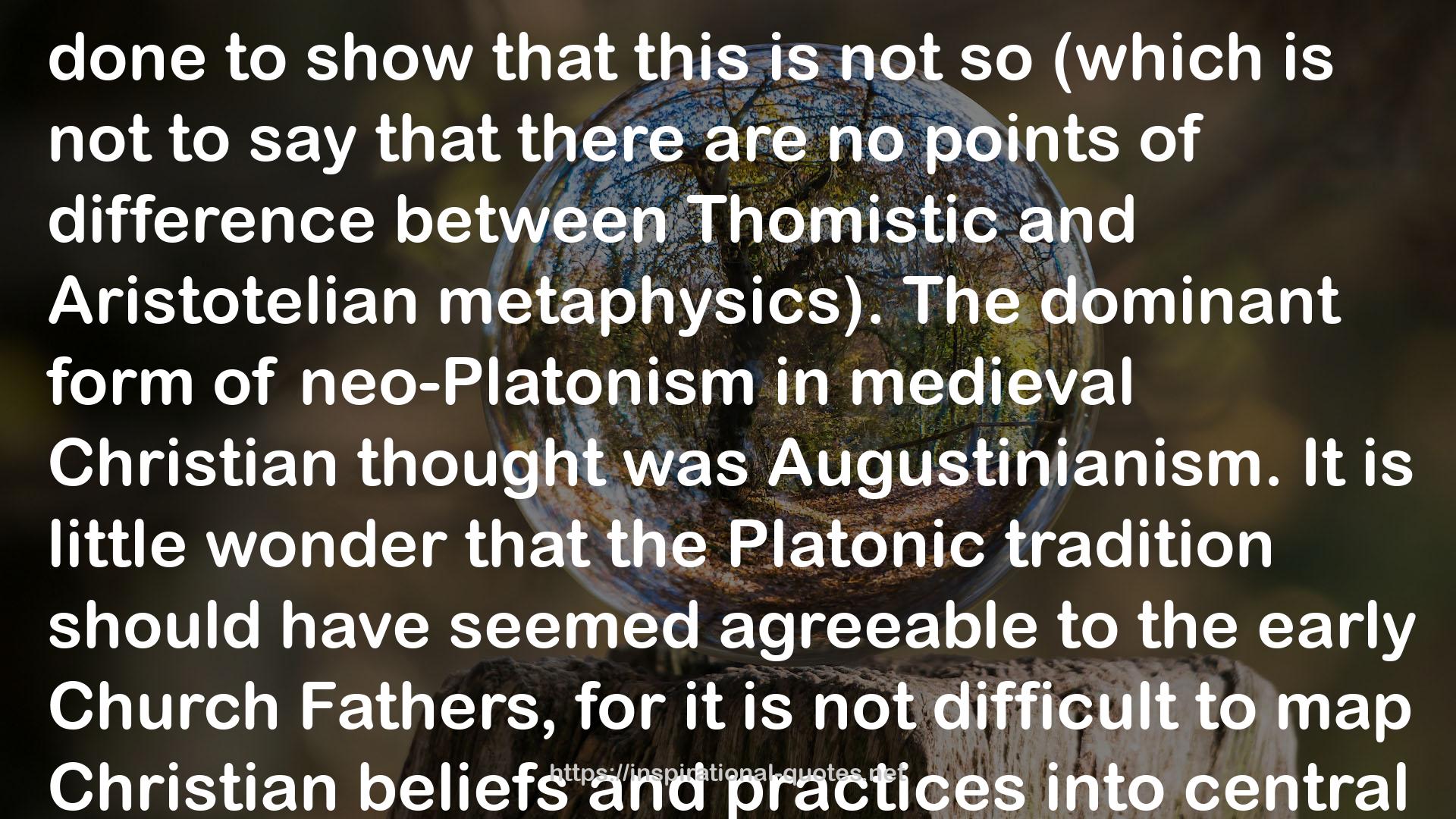Reasonable Faith QUOTES
SOME WORKS
- One Foggy Night (Apex Trilogy, #0.5)
- Crime Scene: Inside the World of the Real CSIs
- Watching the Clock (Star Trek: Department of Temporal Investigations #1)
- 'night, Mother
- Suicide Squad (1987 - 1992) #7
- Keeping Her Toy (Serious Misbehaviours Series 1)
- Love You Like the Sky: Surviving the Suicide of a Beloved
- Fidelity: Poems
- Undercover Lovers

